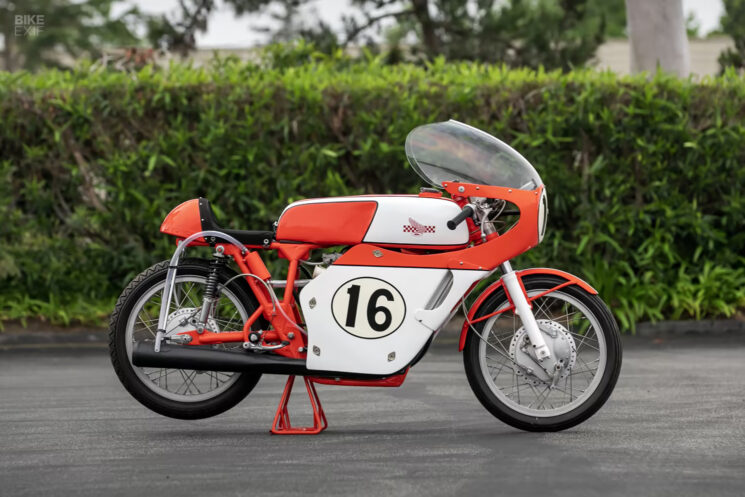
While they don’t always give motorcycles their fair share of the limelight, the big auto auctions certainly have a knack for bringing out some heavy hitters. Held August 17-19, Mecum’s Monterey 2023 headlines will be dominated by Shelby, Ferrari and Bizzarrini, but if you peruse the lots long enough, there are some stellar motorcycles crossing the block. There’s no predicting where the hammer will fall, but if you find yourself in Monterey in a couple weeks, here are three lots we wouldn’t sleep on.
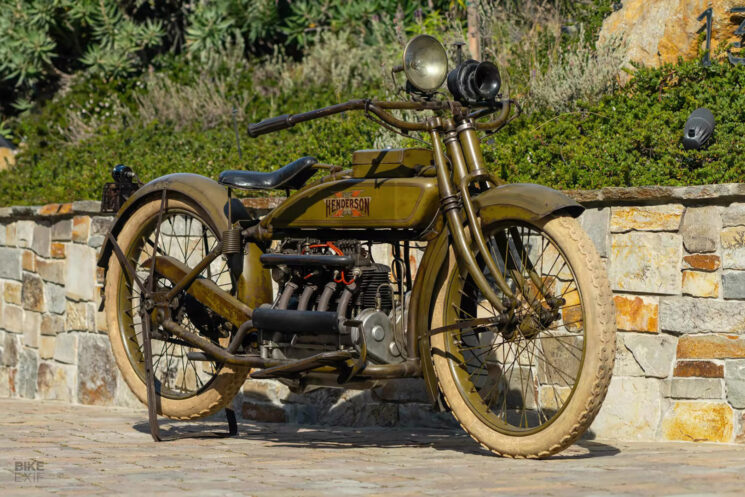
1918 Henderson Model H History has been kind to the Indian Four, and these bikes are absolutely breathtaking in person, but the Indian is really the lesser American inline-four. Shattering records for performance and reliability, the four-cylinder bikes of the Henderson Motorcycle Company were standouts of motorcycling’s golden era—regarded as the “Duesenberg of Motorcycles.”

Brothers William G. and Tom W. Henderson got their start in the motorcycle business in Detroit in 1911, and after just a few years in business, the Henderson was regarded as one of the best American motorcycles money could buy. All of Henderson’s notable models were based on four-cylinder engines, and appealed to long-distance riders and police departments for patrol bikes. By the early 1920s, the 100 mph Henderson was faster than anything else on the road.
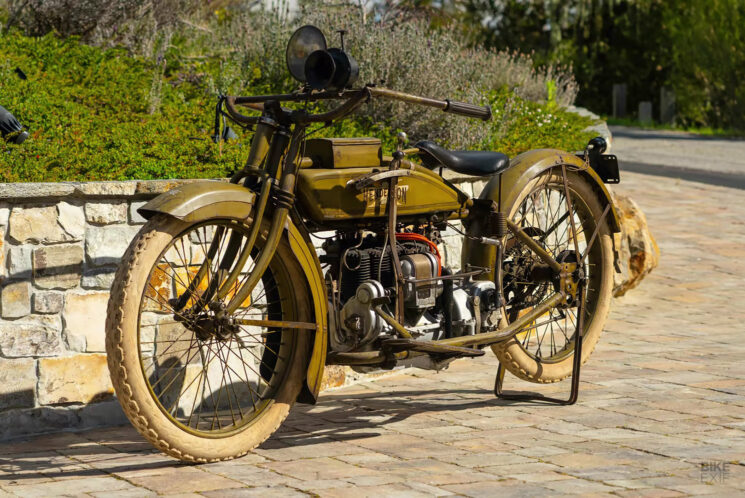
In 1913, a Henderson was ridden across the globe, and by 1917, numerous long-distance and speed records belonged to Hendersons, but the company still couldn’t make ends meet. Henderson Motorcycle Company sold to Schwinn in 1917, and production continued until 1931, when Schwinn stopped building Henderson and Excelsior motorcycles due to the Depression.
Much more could be said about Henderson, but it’s Mecum’s lot S105, a 1918 Model H, that deserves its time in the spotlight today. A highly original example from the first year of Schwinn production, this Model H was allegedly walled up under a staircase in a house in Seattle from 1920 to 1988.
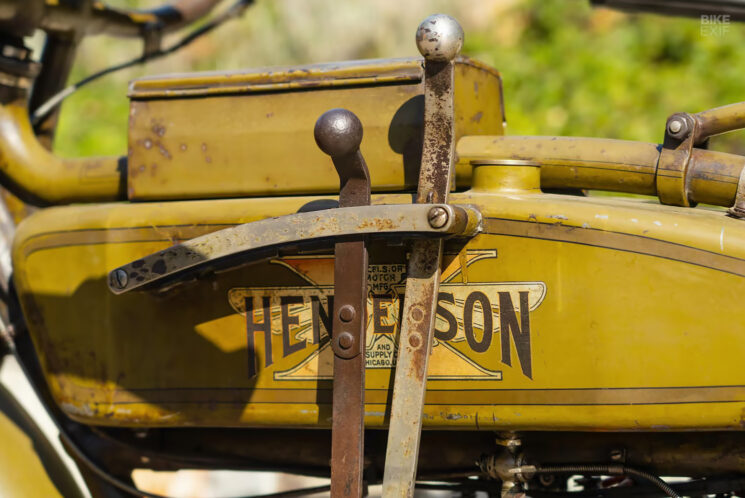
Being dormant for 68 years, the Model H was in need of some refreshing, but the new owner Morris Hart was sympathetic to the bike’s originality. As the scribed history under the timing cover reveals, the minimum was done to the bike to make it operational, including tires, rings and oil, and the bike still wears its original paint from 1918.
Considering the historical significance of Henderson’s four-cylinder motorcycles, and this Model H’s astounding originality, this bike is one of the stars of Mecum’s Monterey 2023 auction, and is estimated at $250,000 to $300,000.
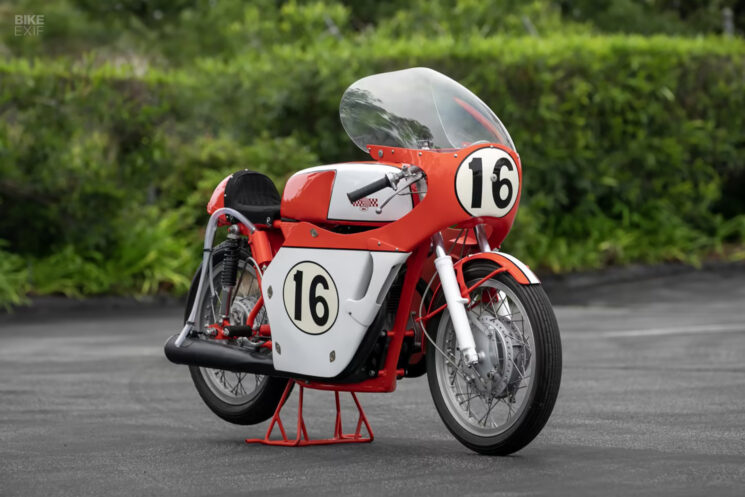
1967 Honda CR450 Factory Daytona 200 Race Bike Honda was a dominant force in Grand Prix racing in the 1960s, having earned championship titles with legendary riders Jim Redman and Mike Hailwood behind the handlebars. But until 1967, Honda had stayed out of the states, and left Triumph and Harley to duke it out in the Daytona 200. When Honda showed up to the party in ’67, they did so in a big way, with three specially-constructed CR450 race bikes built especially for Daytona.
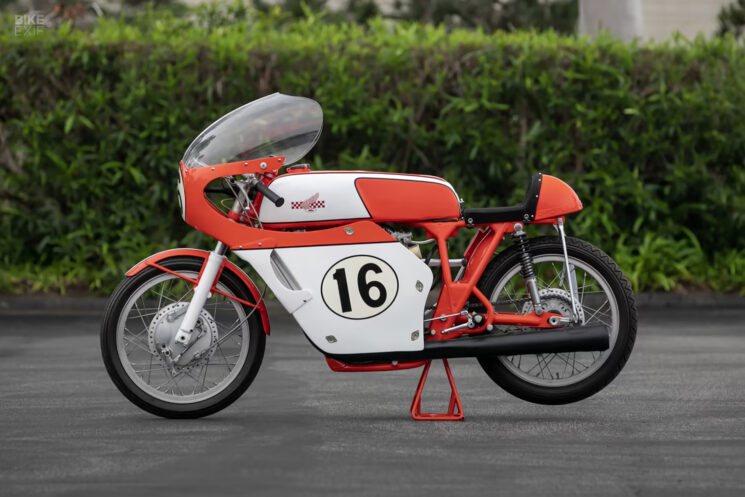
Soichiro Honda directed the construction of three specially-prepared Honda CR450s, which were based on the street-going CB450, but with high-compression engines, magnesium carburetors, oil coolers in the fairing and 8-inch, four-leading-shoe drum brakes up front.

Honda America employee Bob Hansen organized the race team, and Jim Odom, Swede Savage and Larry Schaffer were brought on to pilot the bikes at Daytona. This particular bike is one of the two surviving ’67 Daytona 200 machines, and was ridden by Odom wearing the No. 16 plate.
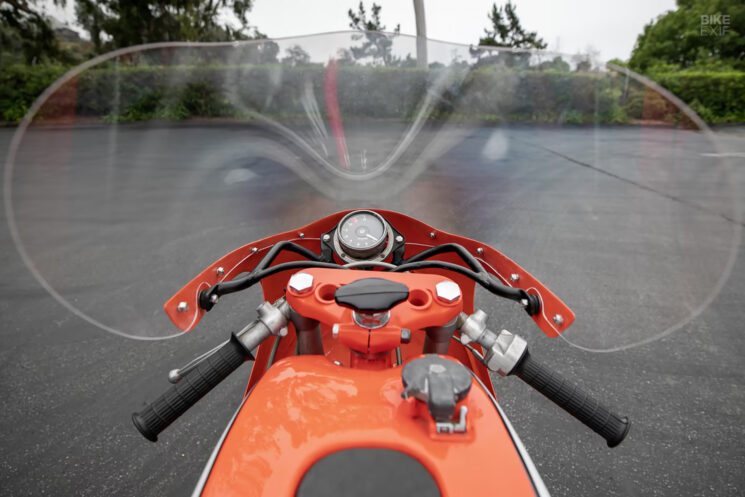
While the title at Daytona would fall to Triumph, Hansen’s CR450s were the fastest machines on the track that day. Odom’s bike set a new record for the fastest lap ever on a motorcycle with a top speed of 142 mph, and an average single-lap speed of 134 mph. Odom fought for the lead until the last lap when a wreck took him out of the race, but Honda would be back, and took the title in 1970.
It’s hard to put a price on this piece of Team Red road racing history, but Mecum figures between $500,000 and $750,000 seems fair for Lot F112.
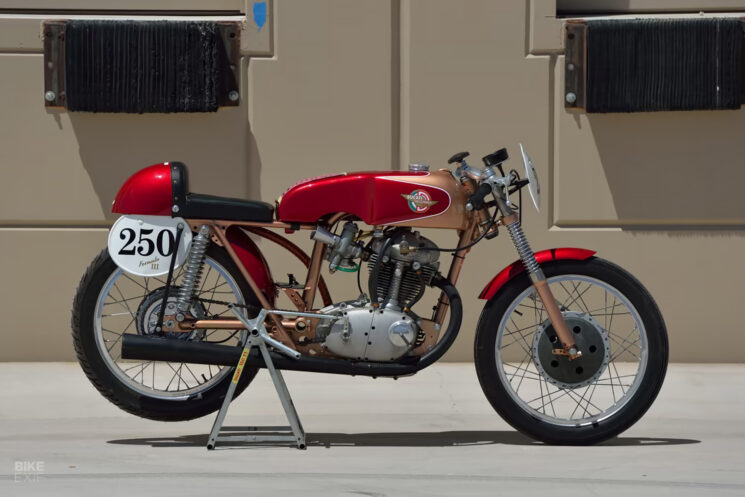
1964 Ducati 250 Formula III Racer If you had a little coin in your pocket in the 1960s and aspirations of Grand Prix greatness, a Ducati road racer would certainly make your shortlist. Offered in 125, 175 and 250 cc displacements, Ducati F3s took the basic road bike geometry to new heights with all Ducati’s best racing tech.
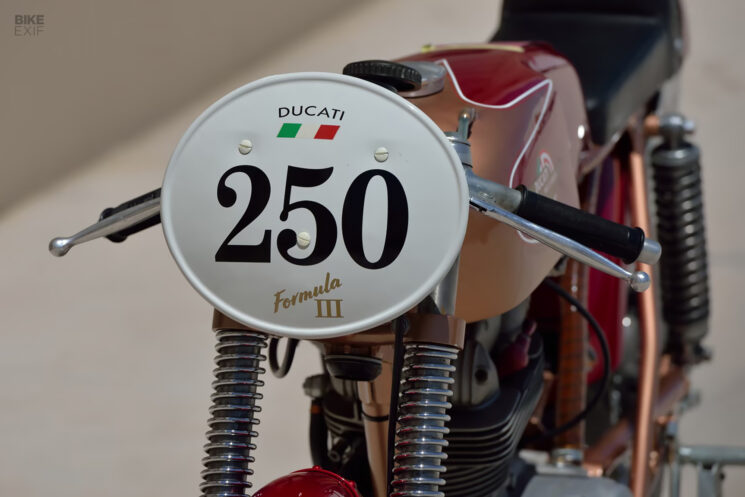
By the time Ducati finished fine-tuning the F3 bikes, there was virtually zero parts crossover with the standard road-going bikes. Engines featured sand-cast cases with special racing internals, camshaft bevel gears and primary drive gears were straight cut and the suspension was shortened on both ends. Finished off with road-racing bodywork and megaphone-type exhausts, every F3 Ducati was a specialized racing machine—with a compulsory price tag.

Mecum’s lot T159 is a 1964 250 cc F3, a variant rarely seen due to its prohibitively expensive MSRP when new, which would have been considerably higher than a 500 cc Manx Norton. Details are slim on this particular F3, other than it was discovered in Argentina and restored to competition spec in Italy. What’s it worth? Good question, as Mecum offers no pre-auction estimate on this lot.